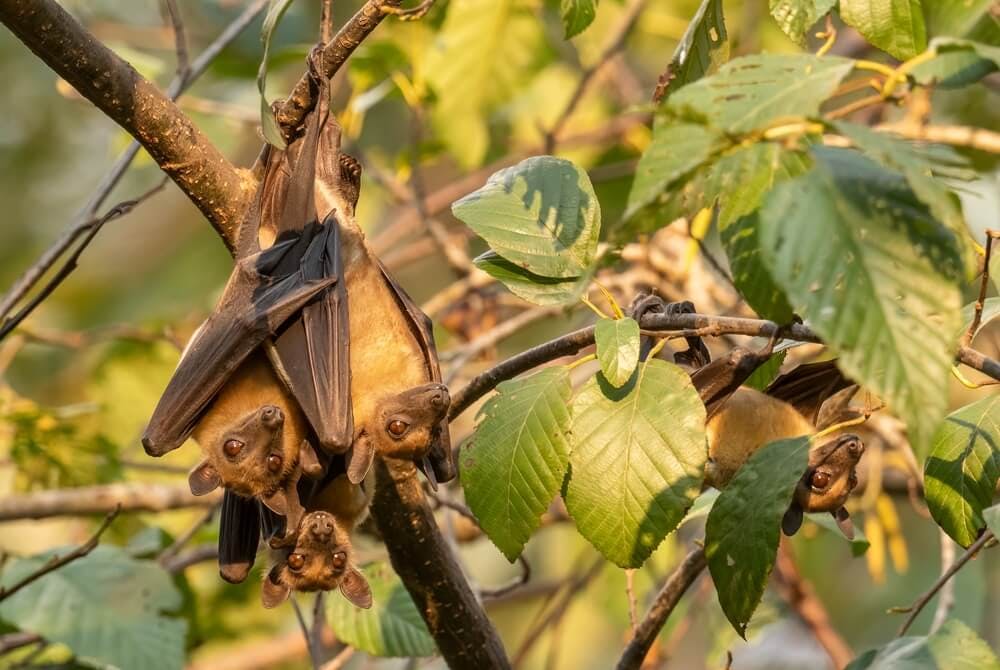WHO Confirms Outbreak of Marburg Disease
MVD is a disease whose host is a the African fruit bat. Recently, cases of this virus have been reported in Africa.
African fruit bats (so cuteeee but can be deadly!) that can spread Marburg’s disease.
Anamitra Swarupa • 17 Feb, 2023 • 7 Min
CEFR A2 (Easy)
